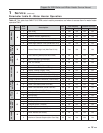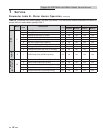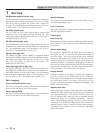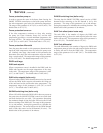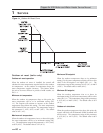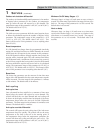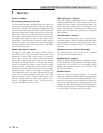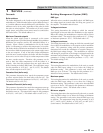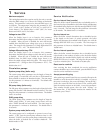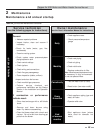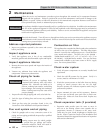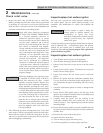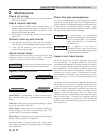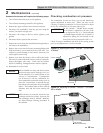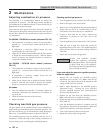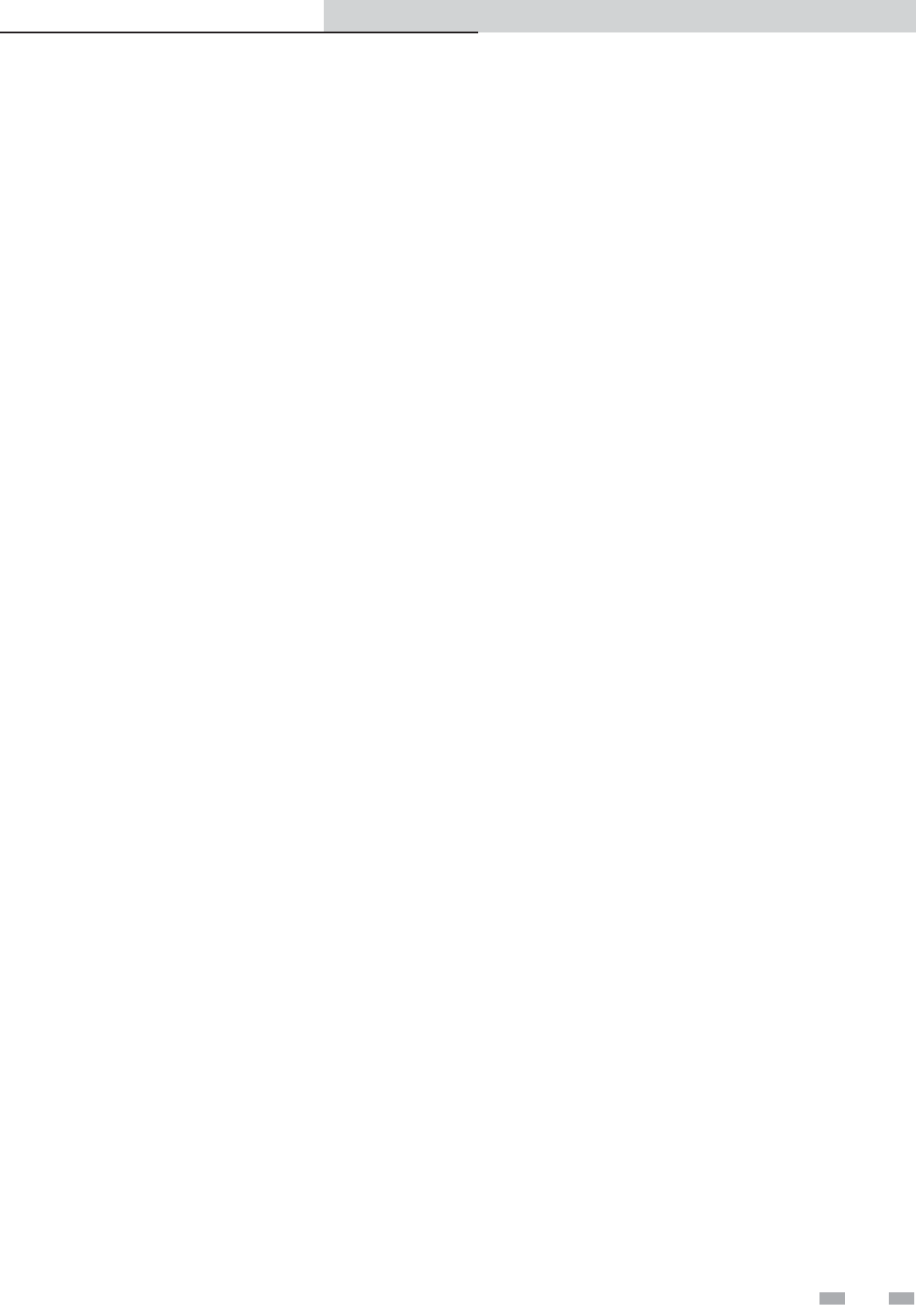
1 Service (continued)
23
Cascade
Boiler address
The boiler designated as the Leader needs to be programmed
with address 0. All the Member boilers require addresses from 1
to 7, and the addresses must be different for each Member. The
addresses can be in any order, regardless of the order in which
the units are wired together. The outdoor air (if used), system
supply sensor, and system return sensor must be connected to
the Leader boiler. The default address is 1.
Maximum Cascade setpoint
When the system supply sensor is connected, or the system
supply temperature is provided through ModBus, this parameter
determines the setpoint used by the individual boilers in a
Cascade. When a boiler is commanded to fire by the Leader
boiler, it will attempt to achieve this temperature at its outlet.
The Leader boiler will limit the modulation of the last boiler to
fire in order to hold the temperature at the system supply sensor
to the user setpoint. If any of the boiler outlet temperatures
reach the max. cascade setpoint, the boiler will then modulate
down on its own in order to keep its outlet temperature within
the max. cascade setpoint. Therefore, this parameter can be
used to limit the outlet temperatures of all the boilers in a
Cascade. Note that this parameter does not apply when the
boiler is heating an indirect DHW tank. The temperature range
for this parameter is 32°F (0°C) - 261°F (127°C). The default
max. cascade setpoint is 185°F (85°C).
Cascade offset (boiler only)
This parameter determines how much the temperature must
go above setpoint before the lead boiler will turn off. The
temperature range for this parameter is 0°F (0°C) - 54°F (30°C).
The default value is 9.9°F (5°C).
Cascade differential (boiler only)
This parameter determines how much the temperature must go
below the turn off temperature (Setpoint + Offset) before the
lead boiler turns on. The temperature range for this parameter
is 0°F (0°C) - 54°F (30°C). The default value is 19.8°F (11°C).
Building Management System (BMS)
BMS type
When the unit or cascade is controlled by the 0-10V BMS input,
the voltage signal can control either the firing rate (power) or
the setpoint. The default value is Power.
Voltage at minimum
This setting determines the voltage at which the external
signal begins to increase either the modulation or the setpoint.
Below this voltage, the modulation or setpoint will be at their
minimum values. The range for this parameter is 0V - (Voltage
at Maximum parameter - 0.1V). The default value is 2V.
Voltage at maximum
This setting determines the voltage at which the external signal
forces either the modulation or the setpoint to their maximum
value. This parameter, along with the previous parameter,
determines how much the modulation or setpoint changes as
the BMS input voltage changes. The modulation or setpoint
will change in proportion to the change in voltage between the
minimum and maximum voltage settings. The range for this
parameter is (Voltage at Minimum parameter + 0.1V) - 10V.
The default setting is 10V.
Minimum power
This setting determines the modulation of the unit or cascade
when the BMS input voltage is at or below the Voltage at
Minimum setting. This parameter is active only when the
BMS type is set to Power. The range for this parameter is 0 -
Maximum Power parameter. The default value is 20%.
Maximum power
This setting determines the modulation of the unit or cascade
when the BMS input voltage is at or above the Voltage at
Maximum setting. This parameter is only active when the BMS
type is set to Power. The range for this parameter is Minimum
Power parameter - 100%. The default value is 100%.
Minimum setpoint
This setting determines the setpoint used by the unit or cascade
when the BMS voltage is at or below the Voltage at Minimum
setting. This parameter is only active when the BMS type is set
to Setpoint. The temperature range for this parameter is 32°F
(0°C) - 230°F (110°C) (boilers), or 32°F (0°C) to 190°F (87°C)
(water heaters). The default value is 70°F (21°C).
Copper-fin II/IIE Boiler and Water Heater Service Manual



